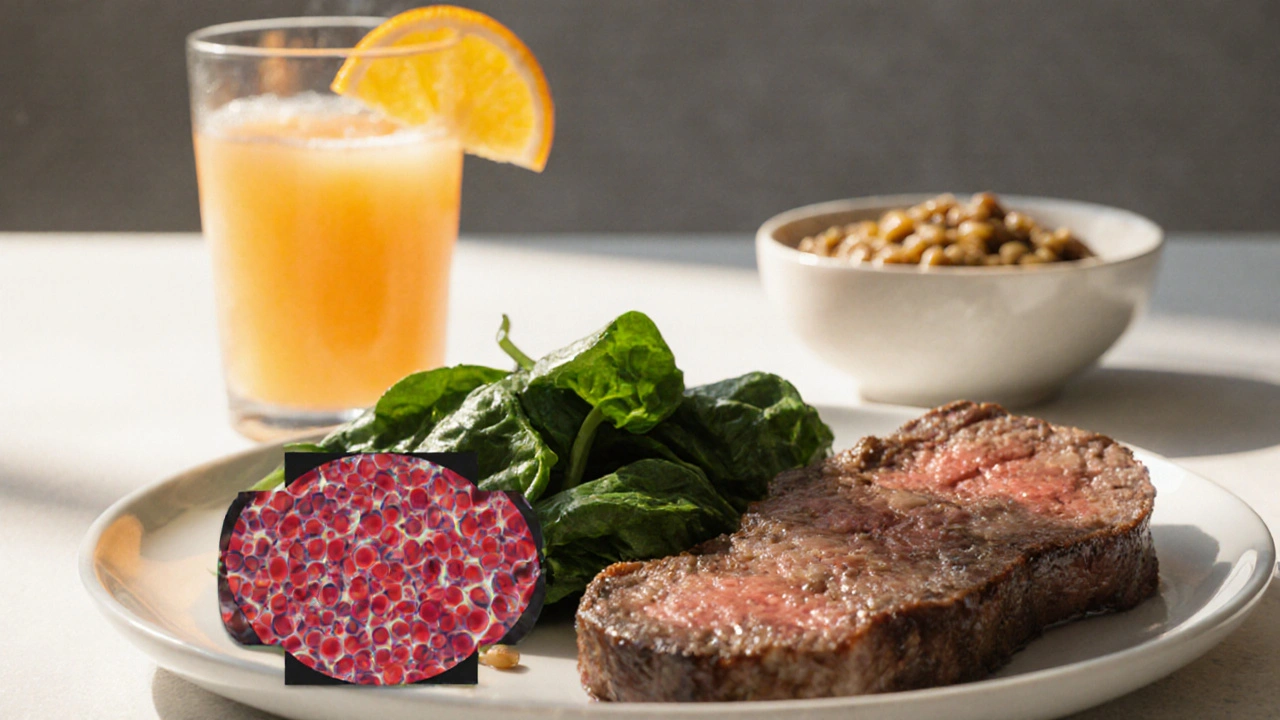Manage Sickle Cell Anemia: Diet, Nutrition, and Daily Strategies
When you manage sickle cell anemia, a genetic blood disorder where red blood cells become rigid and sickle-shaped, blocking blood flow and causing pain and organ damage. Also known as sickle cell disease, it requires daily attention—not just medication, but what you eat, drink, and how you live. Unlike many chronic conditions, sickle cell isn’t just about taking pills. It’s about keeping your blood flowing, your body hydrated, and your immune system strong.
One of the biggest triggers for painful crises is dehydration. When you’re low on fluids, those sickle-shaped cells clump together more easily, blocking small blood vessels and causing intense pain. That’s why drinking water all day, not just when you’re thirsty, is non-negotiable. Heat, stress, and infections also spark crises, so avoiding extreme temperatures and staying up to date on vaccines matters just as much as your diet. And speaking of food, certain nutrients directly help your body make healthier red blood cells. Folate (vitamin B9) is critical—it’s the building block for new blood cells. You’ll find it in leafy greens, beans, and fortified grains. Iron is tricky: while anemia sounds like you need more iron, people with sickle cell often have too much from repeated transfusions. That’s why getting iron from food like spinach or lentils is safer than supplements unless your doctor says otherwise. Zinc, magnesium, and antioxidants like vitamins C and E help reduce inflammation and protect cells from damage. Foods like nuts, citrus fruits, berries, and sweet potatoes aren’t just healthy—they’re part of your treatment plan.
Managing sickle cell anemia isn’t about perfection. It’s about consistency. Small habits—like eating a balanced meal every day, keeping a water bottle with you, washing hands often, and avoiding cold drafts—add up. People who stick to these basics report fewer hospital visits and more energy. You don’t need fancy supplements or extreme diets. Just real food, real water, and real awareness of what your body needs. Below, you’ll find clear, practical guides on what to eat, what to avoid, and how to make these changes stick without feeling overwhelmed. These aren’t theory-based tips. They’re strategies used by people living with sickle cell every day, backed by what works in real life.
Diet & Nutrition Strategies for Managing Sickle Cell Anemia
Learn how specific nutrients, hydration, and meal planning can help manage sickle cell anemia symptoms, reduce pain crises, and improve overall health.
More
